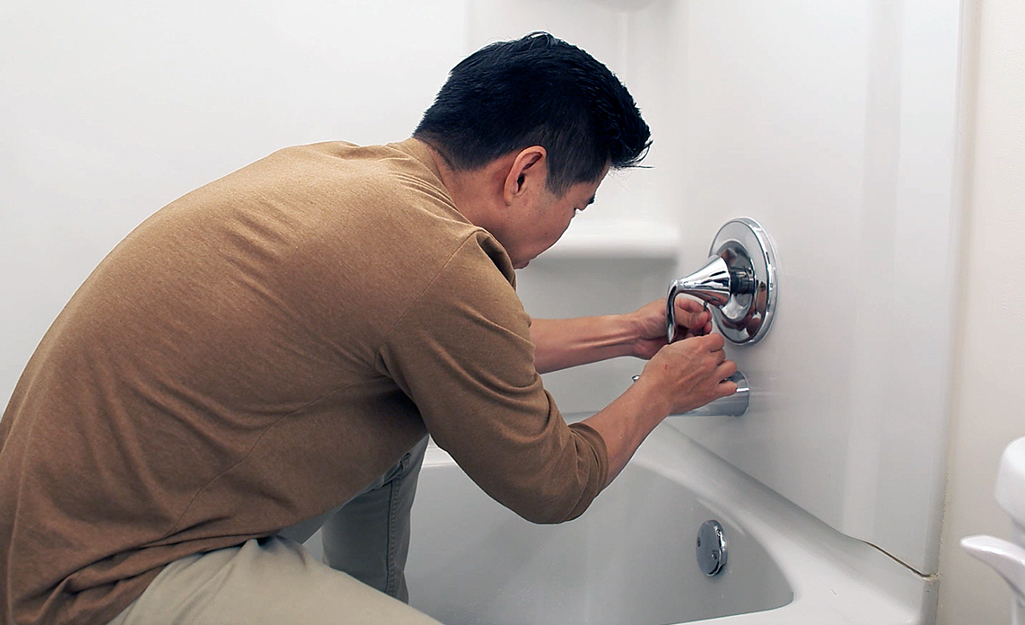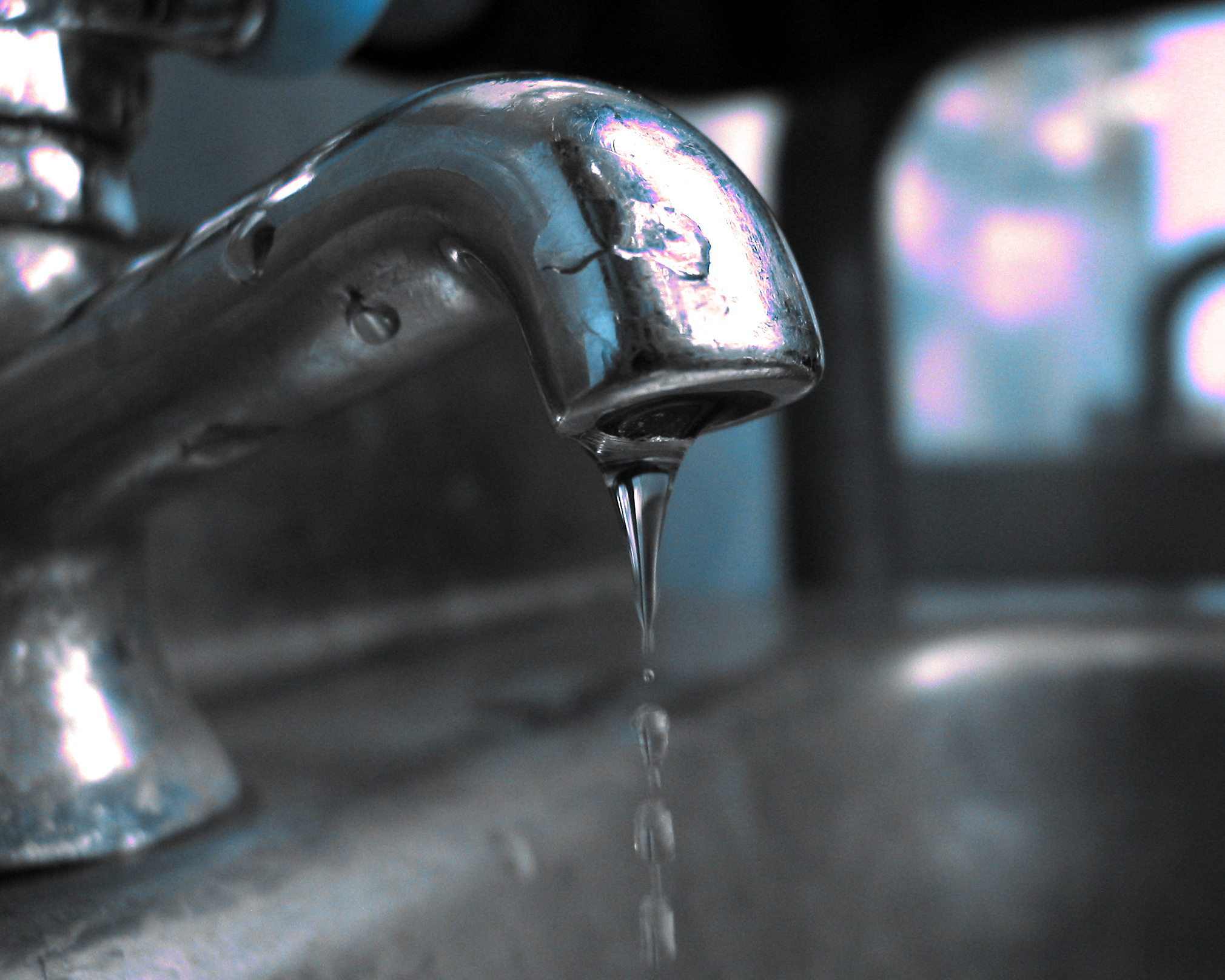When It's Needed to Correct a Malfunctioning Faucet
When It's Needed to Correct a Malfunctioning Faucet
Blog Article
The writer is making several great annotation about 4 Common Reasons for a Leaky Faucet overall in the article underneath.

Dripping faucets might look like a minor hassle, however their impact goes beyond just the inconvenience of the noise. From wasting water to sustaining unneeded monetary costs and health threats, overlooking a leaking faucet can lead to numerous effects. In this post, we'll delve into why it's crucial to resolve this typical house concern quickly and effectively.
Wastage of Water
Ecological Influence
Leaking taps contribute considerably to water wastefulness. According to the Environmental Protection Agency (EPA), a solitary tap trickling at one drip per secondly can lose greater than 3,000 gallons of water annually. This not just pressures water resources yet additionally impacts communities and wildlife based on them.
Financial Costs
Boosted Water Costs
Beyond the environmental impact, dripping taps can inflate water costs significantly. The built up wastage over time converts into higher energy expenditures, which can have been stayed clear of with timely repairs.
Possible Home Damage
Moreover, long term leaking can lead to harm to fixtures and surfaces bordering the tap. Water build-up can cause discoloration, corrosion, and also structural concerns if left ignored, causing extra fixing expenses.
Health and wellness Concerns
Mold and Mold Growth
The continuous visibility of moisture from a leaking tap creates a suitable setting for mold and mold growth. These fungi not only jeopardize interior air top quality yet also position health and wellness dangers, specifically for individuals with breathing conditions or allergies.
Waterborne Diseases
Stagnant water in dripping faucets can become a breeding ground for microorganisms and various other virus, boosting the threat of waterborne diseases. Contaminants such as Legionella germs flourish in stagnant water, potentially leading to serious ailments when consumed or inhaled.
DIY vs. Professional Fixing
Benefits and drawbacks of Do It Yourself Repair
While some might attempt to deal with a leaking tap themselves, DIY repair work come with their very own set of difficulties. Without correct understanding and tools, DIY attempts can aggravate the problem or result in insufficient fixings, prolonging the problem.
Benefits of Working With a Professional Plumber
Hiring an expert plumber makes sure that the underlying source of the dripping faucet is dealt with successfully. Plumbers possess the competence and equipment to diagnose and repair tap concerns successfully, conserving time and lessening the danger of additional damage.
Step-by-Step Guide to Repairing a Dripping Faucet
Devices Required
Prior to trying to repair a dripping tap, gather the necessary devices, including a flexible wrench, screwdrivers, replacement parts (such as washing machines or cartridges), and plumber's tape.
Common Faucet Issues and Their Solutions
Recognize the kind of tap and the particular concern triggering the drip. Usual issues consist of worn-out washers, rusty valve seats, or malfunctioning O-rings. Describe supplier directions or on-line tutorials for detailed assistance on repair services.
Safety nets
Regular Maintenance Tips
To avoid trickling taps, perform regular upkeep such as cleansing aerators, inspecting for leaks, and replacing worn-out parts quickly. Furthermore, take into consideration setting up water-saving tools or updating to a lot more efficient fixtures.
Importance of Prompt Services
Dealing with leaking taps as soon as they're observed avoids more water wastefulness and possible damages, eventually saving both water and money in the future.
Influence On Residential Or Commercial Property Worth
Assumption of Well-Maintained Home
Maintaining a home in good condition, including attending to maintenance problems like dripping taps, enhances its viewed worth and value amongst possible purchasers or lessees.
Impact on Resale Worth
Residences with properly maintained plumbing fixtures, including taps, command greater resale worths in the real estate market. Dealing with leaking taps can add to a positive impression throughout property evaluations and arrangements.
Environmental Obligation
Individual Contribution to Conservation
Taking responsibility for dealing with leaking taps aligns with broader initiatives towards water preservation and ecological sustainability. Every person's activities collectively make a considerable impact on preserving precious resources.
Sustainable Living Practices
By prioritizing prompt repairs and adopting water-saving behaviors, people contribute to sustainable living practices that benefit both existing and future generations.
Final thought
Addressing a dripping tap exceeds simple benefit; it's a vital action toward saving water, reducing economic costs, and securing health and property. Whether with DIY fixings or expert assistance, acting to take care of leaking faucets is a small yet impactful way to advertise liable stewardship of sources and add to a healthier, much more lasting future.
How to Fix a Leaky Faucet: Step-by-Step Repair Guide
A leaky faucet may seem like a simple annoyance, but if it's not fixed promptly, that leak could cost hundreds to potentially thousands. From water damage to mold, mildew, and high water bills, even a tiny leak can be catastrophic if left unattended. Damage like this can even affect the overall value of your home, so it's important to take the right approach for leaky faucet repair. You may need the help of a plumber in some cases, but we've got a few tips you can try on how to fix a leaky faucet before calling the pros.
Four Faucet Types
When you're learning how to fix a leaky faucet, the first step is knowing what kind of faucet you're working with! There are four common types.
Cartridge Faucets
Cartridge faucets come in one- or two-handled varieties. In one-handled cartridge faucets, hot and cold water combines in a single cartridge. In the two-handled versions, hot and cold water are controlled separately and mixed in the faucet.
Ball Faucets
Ball faucets have a single lever you push up and down to adjust the pressure and rotate to change the temperature. A slotted metal ball controls the amount of water allowed into the spout.
Compression Washer Faucets
They're the oldest type of faucet, but they're still used in many homes — especially older ones. Compression faucets have two separate handles that, when turned, raise or lower the washer that seals a water valve. This valve stops water from flowing through the faucet when it is turned off.
Disc Faucets
Disc faucets rarely need to be repaired due to their maintenance-free design. The water flow is controlled by two discs — the upper one raises and lowers against a fixed lower disc, creating a watertight seal. If your disc faucet starts leaking, you may need to replace the seals or clean residue buildup from the inlets.
Fixing a Leaky Faucet
Step 1: Turn Off the Water
Whether you're learning how to fix a leaky bathtub faucet or how to fix a leaky kitchen faucet, always turn off the water supply to your working area when you're fixing a leak. The last thing you want is a flood added to your list of things to fix.
Look for the shutoff valves below your sink or around the tub and turn them clockwise to stop the water flow. If your faucet doesn't have shutoff valves, you may need to turn off the water for the whole house. Check to make sure it's off by turning the faucet on. If nothing comes out, you're ready to start the repair.
Step 2: Take Apart the Faucet
How you disassemble your faucet depends on the type of fixture you have. You can use a flathead screwdriver to remove the caps on top of the handle or handles for cartridge and compression faucets. Inside, you should see handle screws. Unscrew these with a screwdriver to remove the handle.
Disc- and ball-style faucets will typically have an inlet screw near the handle, and removing that will reveal the interior of the faucet.
Detach the Valve Stem
For cartridge- and compression-style faucets, you'll see the inner valve stem or cartridge once you remove the faucet handles. If you have a compression faucet, unscrew the brass valve stem. If you have a cartridge faucet, pull out the cartridge. If your cartridge has been in place for a while, it may require some tools or extra force to remove it due to mineral deposits.
Examine and Replace Parts
Once you've removed the parts, check them out to confirm what needs to be replaced. You may see corroded rubber washers, O-rings, stems, or cartridges. On a ball-style faucet, check the seats and springs for damage.
If you need to repair a leaky disc faucet, check the inlet and seals on the lower disc.
Once you determine what parts must be replaced, visit your local hardware store. Bring the damaged parts with you to ensure you can purchase the correct components to replace them.
Clean Valves and Faucet Cavity
If you've removed a stem or cartridge, you may notice mineral buildup in the faucet's threads. Use white vinegar to clean the valve seat by soaking it for a few minutes, then scrub it away with a soft toothbrush and rinse with warm water. You can also clean the interior of the faucet in the same way.
Reassemble the Faucet
Once your faucet is cleaned and the required parts have been replaced, it's time to reassemble it. Put the pieces back together and slowly turn the water supply back on. Doing this slowly is crucial because too much initial water pressure can damage the new hardware you've just installed.
https://homewarranty.firstam.com/blog/how-to-fix-leaky-faucet

Hopefully you enjoyed reading our section on Should I Repair or Replace a Leaky Faucet?. Thank you so much for taking time to read through our piece of content. Loved our review? Please share it. Help others check it out. I recognize the value of reading our article about Should I Repair or Replace a Leaky Faucet?.
Report this page